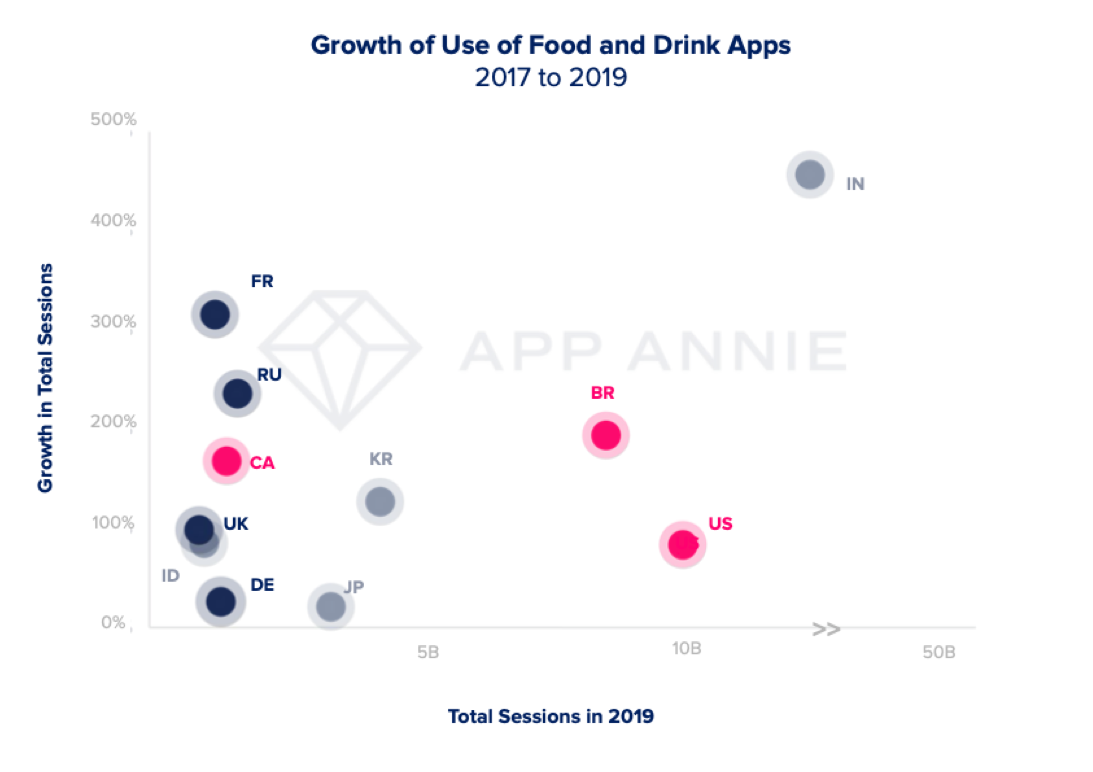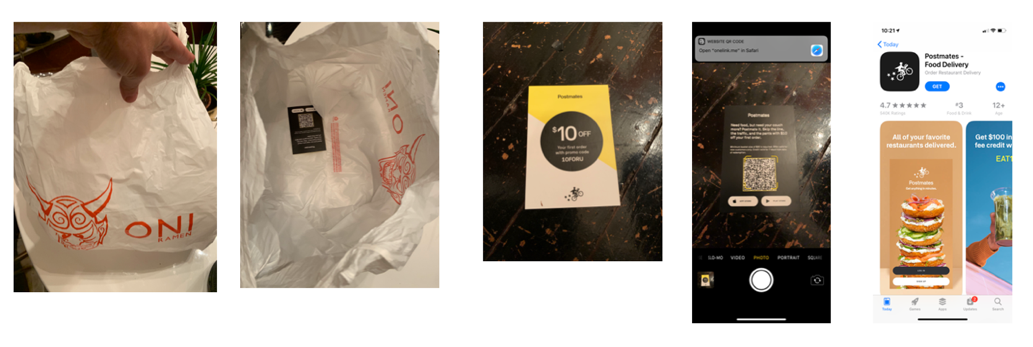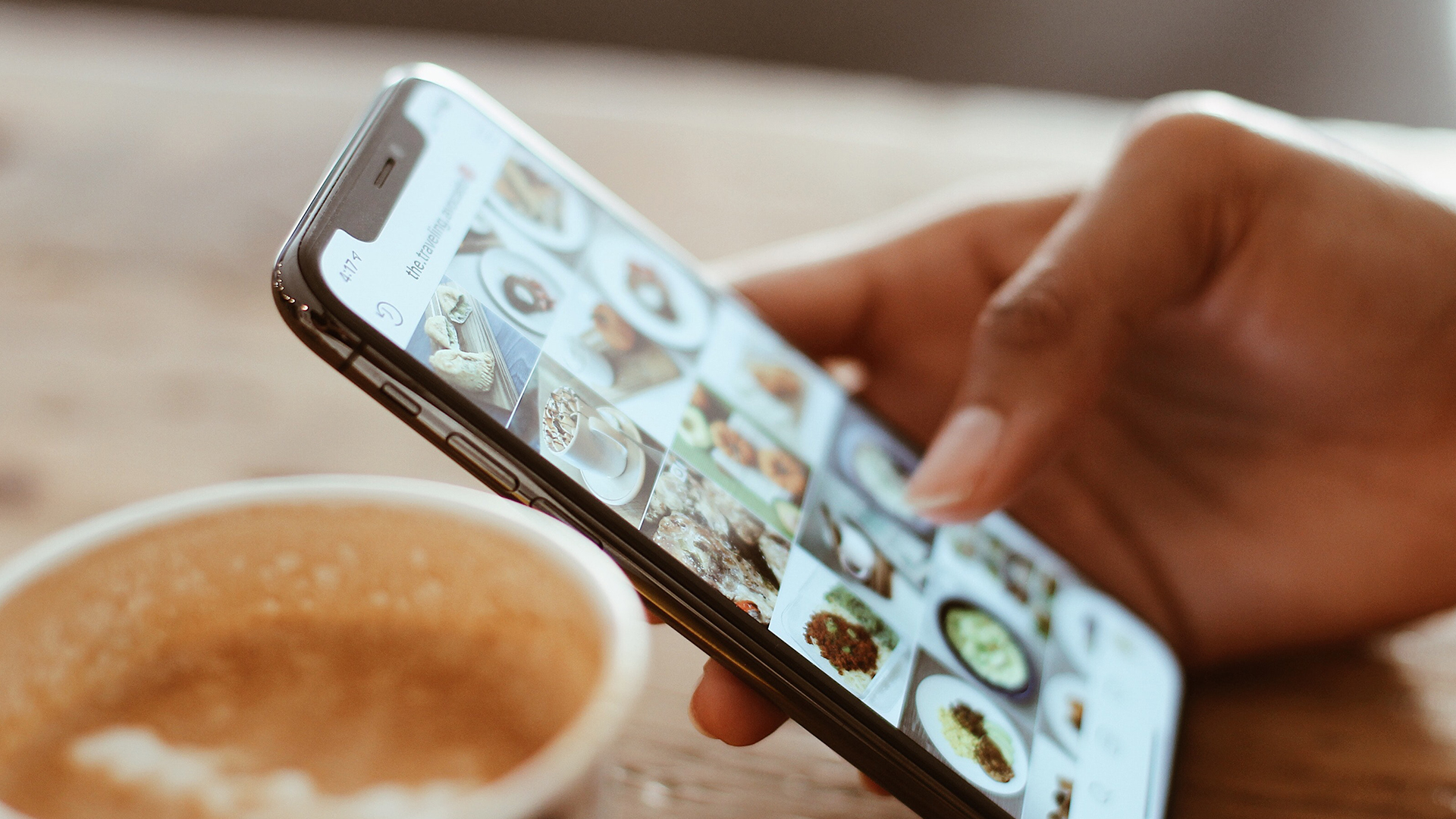Published by
Quick Service Restaurant (QSR) used to stand for convenience. But now, we live in a world full of convenience where anyone can have anything they want delivered right to their door. Anytime. What does this mean for the world of QSR restaurants? In a world where everything is at your fingertips, how can the QSR industry keep up?
Not only are we living in a world of convenience, but we are also living in a world where many brands are paying attention to their brand experience as much as they are their products or services. And customers are keeping score. Experience matters just as much, if not more than the product or service that is received through said experience. Now this is an area where QSRs can shine. Sure, this might mean giving up some of your expected share of wallet to in-home delivery, but let’s face it: people will still gravitate towards easy, simple, enjoyable experiences no matter the industry.
To win in this new experience-driven economy, it’s important to have a digital first mindset and find relevant opportunities to engage and connect with your customers throughout their daily lives. If you make it easy and enjoyable to do business with your brand, customers will keep showing up.
THE RISE OF CONVENIENCE.
Customer expectations have changed. Within today’s evolving marketplaces, the brand differentiators that have proved successful in the past are no longer enough to set a company apart. This new era has been dominated by a new type of customer, emerging as a result of the digital literacy that is now fed from generation-z through to baby boomers and beyond. The Connected Customer, who interacts with brands through digital means, is a new type of consumer who seeks immediate, frictionless, and personalized experiences. These demands make the Connected Customer a huge disruptor in any industry, and have spawned a host of trends that companies must pay attention to in order to grow their business in the long-term. Providing a seamless omnichannel experience, investing in digital channels of engagement, and tying such digital transformation strategies to core goals are now the basic expectations for any brand, and those that are achieving harmony between these aspects are becoming disruptors themselves.
Consumers downloaded a record 204 billion apps in 2019, up 45% since 2016, and spent an average of 3 hours and 40 minutes on their mobile devices, up 35% since 2017. The mobile channel continues to grow in every way measurable and there are no signs of it slowing down in 2020. (Source)
Read any article from the last two years that focused on the Quick Service Restaurant (QSR) industry and delivery will be one of the hottest topics of discussion. This new Connected Customer expects to be able to have what they want, when they want it. The fact is, immediate gratification and the simplicity of food delivery has only added to that demand.

Figure 1: In the US – users are using QSR apps almost 100% more than they did in 2017.
ENTER THIRD-PARTY DELIVERY APPS. HOW CAN QSRS COMPETE?
Delivery in particular had a breakout year in 2019 with off-premise restaurant sales, including drive-thru, delivery and carryout, making up 60% of all foodservice occasions. Driving much of this expansion is the acceleration of convenience-driving technologies like mobile ordering and food service delivery apps like Uber Eats, GrubHub and DoorDash, among others. (Source)
Much of the recent mobile ordering in the QSR space has been fueled by third-party delivery apps like DoorDash and GrubHub. QSR operators continue to turn to these delivery apps out of necessity either due to not being able to support a mobile ordering app on their own or because the audience is simply too big to miss out on even though delivery fees eat away at the profit margin that QSR brands make off each order.

GrubHub had a standout year in terms of mobile app growth with a 50% download increase in the U.S. year over year. However, they also just announced disappointing third quarter results and said that food delivery is only a means to an end, unlikely to ever be profitable on its own. All told, the bottom line was net income of just $1 million versus $22.7 million in the same period a year ago.
3 RECOMMENDATIONS TO STAY RELEVANT.
In 2020, consumers will continue gravitating toward delivery, specifically third-party delivery, and by 2022, it is predicted that third-party sales will comprise 70% of all delivery, up from 37% in 2016. (Source)
While some independent QSRs can’t necessarily compete with what third-party apps are doing, we believe there is still plenty of opportunity to remain relevant in the eyes of your customers. Here are a few suggestions.
First, consider doubling down on your own direct-digital channels. We expect to see an industry-wide increase in this trend with restaurants offering delivery through owned apps and websites, possibly even at a lower cost to customers than the third-party apps. Maintaining a direct relationship with your most loyal customers rather than redirecting customers from the restaurant website to a delivery marketplace will build customer relationships and help you avoid the significant commission cost.
Second, for brands that choose keep their presence within the third-party delivery market, we recommend negotiating better terms by becoming an exclusive partner with one of the top 4 delivery providers, which are DoorDash, GrubHub, Uber Eats and Postmates. Wingstop made this move last year and should see the benefits throughout 2020.
And if those two things aren’t options for your brand, our third recommendation is for QSR brands to create a special delivery menu with special pricing. Small ticket items may not be available for delivery and prices are raised 13% to 15% compared to the regular dine-in menu. This allows brands to maintain the profit margin it wants without the delivery service losing out on its commission. This is an approach that El Pollo Loco took late last year and it hasn’t seen any pushback from customers so far. (Source)




